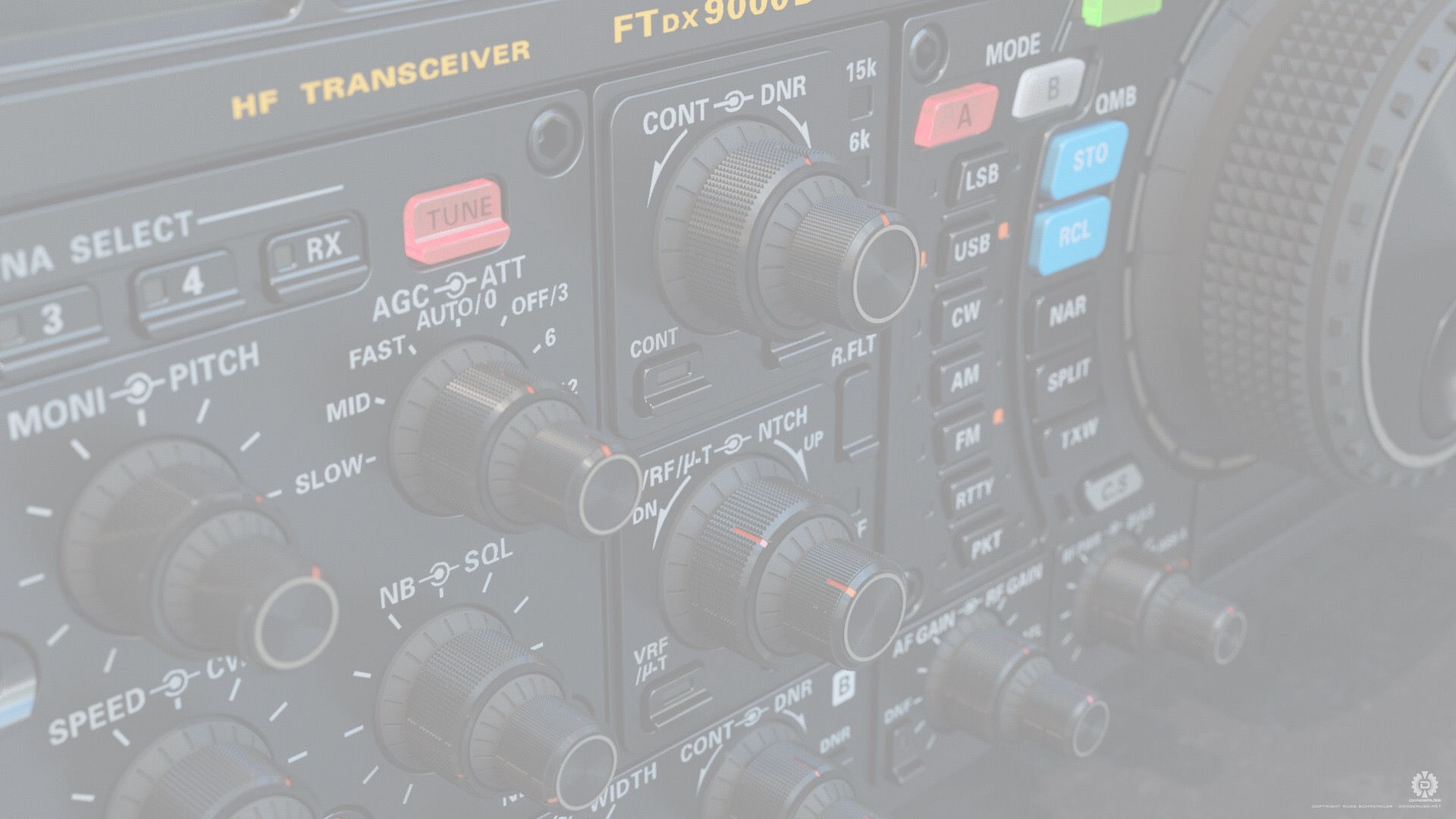Ready for something excitingly exotic
- FAMPARC

- Apr 30, 2024
- 2 min read
DXing
Welcome to meteor scatter.
As the Earth moves along its orbital path, millions of particles known as meteoroids enter the Earth's atmosphere every day, a small fraction of which have properties useful for point-to-point communication. When these meteors begin to burn up, they create a glowing trail of ionized particles in the E layer of the atmosphere that can persist for up to several seconds. The ionization trails can be very dense and thus used to reflect radio waves. The frequencies that can be reflected by any particular ion trail are determined by the intensity of the ionization created by the meteor, often a function of the initial size of the particle, and are generally between 30MHz and 150MHz.
The distance over which communications can be established is determined by the altitude at which the ionisation is created, the location over the surface of the Earth where the meteoroid is falling, the angle of entry into the atmosphere, and the relative locations of the stations attempting to establish communications. Because these ionization trails only exist for fractions of a second to as long as a few seconds, they create only brief windows of opportunity for communications.
Here is a snapshot of my contact with Scott VK4CZ on 6m.
You can clearly see three different pings over the receiving sequence of 15 seconds. The third ping is a loud, shot gun burst that generated multiple decodes.

The two way contact could be completed within a couple of minutes or a bit longer, depending on the meteor shower.
If you are already on 6m or 2m then you are ready for MS!
Mode: MSK144 is a Minimum Shift Keying FSK signal used for amateur radio meteor-scatter contacts. It transmits 144 bit long packets at a Baud rate of 2000 bps using frequencies 1000 and 2000Hz. It is part of the WSJT-X suite.
Where: on 6m band the watering hole for Australian stations is 50.230MHz.
Skeds: random calling in morning hours is an option, however you will find more success by announcing your activity at http://www.VKspotter.com
Note: VKspotter is not a 'casual' chat room. It is a place where dedicated chasers exchange time relevant information about openings, activities and scheduled skeds. Please join - but for a week or so simply observe until you get a feeling of what is appropriate and what is not. Of course, the group members are welcoming but they are not there to entertain you - or each other - but to watch the band for openings. Think of a business meeting atmosphere. If you join, you will learn a lot just by watching and listening.
Meteor scatter is both visual and audio excitement. When a bounced signal is received, it creates a unique 'explosion' on the waterfall, accompanied with a equally unique sound. Once you decode your first MS signals, you will be hooked.
See you on meteor scatter!
Thanks to John VK3XM



Very cool stuff this propegation. It's what makes ham radio so exciting..